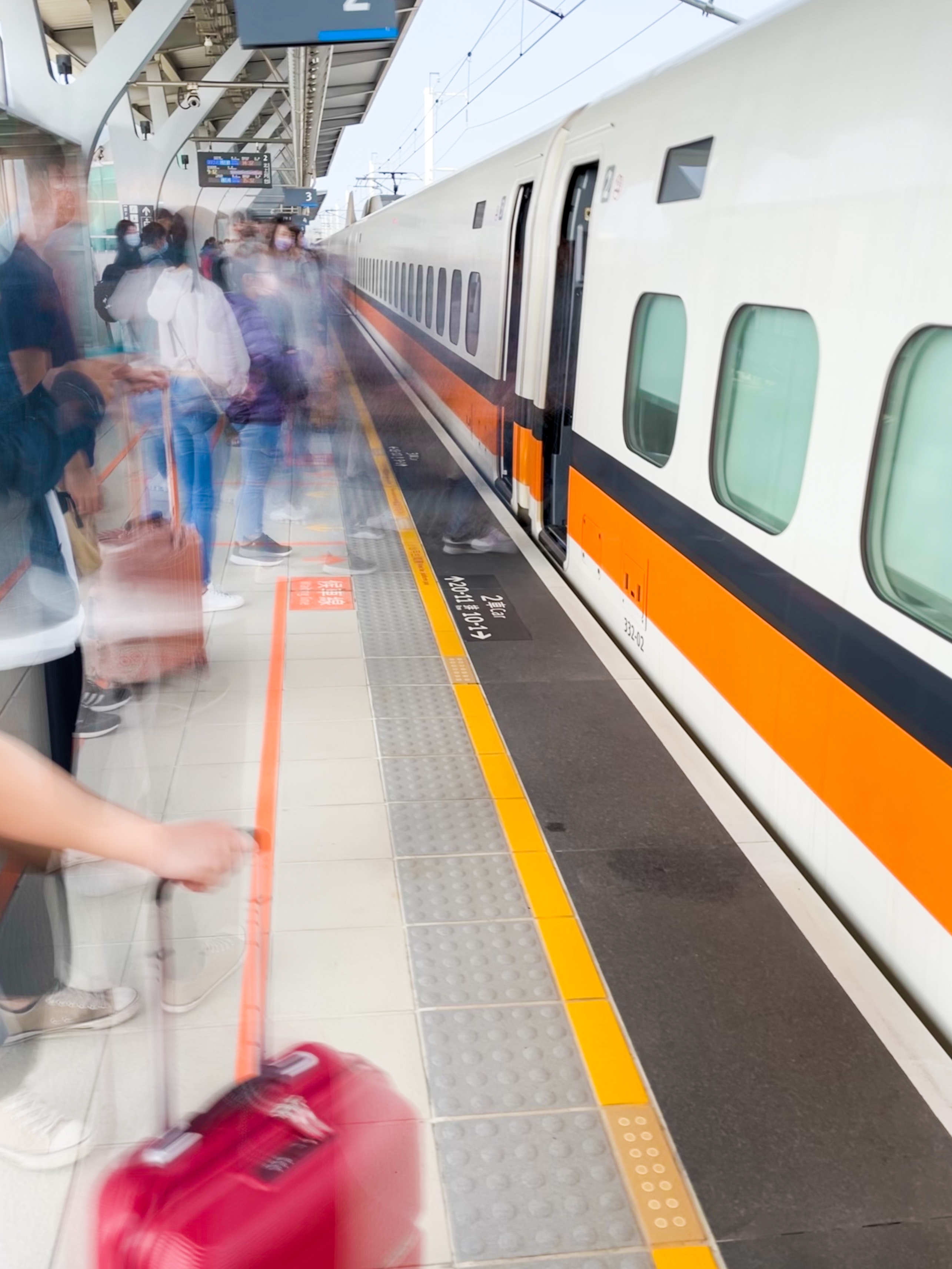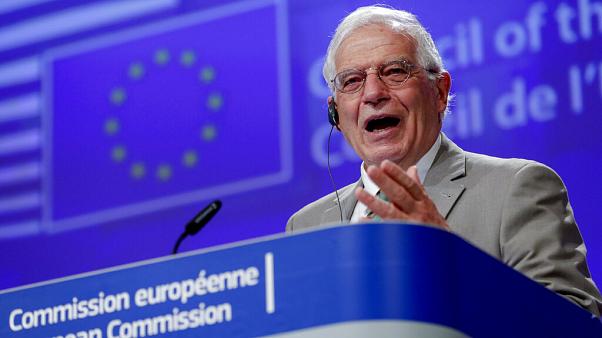Photo by Winston Chen on Unsplash
Rail Baltica is a greenfield rail transport infrastructure project with the goal of integrating the Baltic States into the European rail network and is a part of the Trans-European Transport Network (TEN-T), European Union’s instrument aimed at ensuring the territorial cohesion of the Union and facilitating the free movement of goods and people. There are ongoing decisions to include Ukraine in the future TEN-T network, which means that the Ukrainian cities of Lviv, Kyiv and Mariupol are planned to be connected to the European railway in the future, thus ensuring uninterrupted mobility with the rest of Europe. This is great news and a clear signal – both to Ukraine and to the rest of Europe – of what and where Europe is. The incorporation of Ukraine in the TEN-T corridor will place it at the centre between the Baltic States and Ukraine and will be connected not only with values, but guarantee the flow of cargo, citizens and better military mobility in the whole region.
The democratic values of Europe include closer cooperation, sustainable development, and environmental responsibility. This also encompasses investments in infrastructure, which contribute to both economic growth and environmental protection. We need a high-quality, reliable, and dependable railway system, especially from the East. The railway infrastructure of the European Union must be much more integrated, ideally with a coherent width. Our integration of railway infrastructure has also a symbolic role – it demonstrates the direction in which the Baltic States aspire to belong.
A survey conducted in December of the last year shows that citizens of the Baltic States are also increasingly understanding the nature of Rail Baltica – not only as an opportunity to travel but also as a source of new job and business opportunities, as well as a catalyst for creating a new, modern, and orderly environment around future stations. The Baltic Survey results indicate that the overall level of support for the largest railway infrastructure project in the Baltics remains consistently high across all three Baltic States, with an average support rate above 60%. Meanwhile, with the ongoing military conflicts in Ukraine, residents see Rail Baltica not only as a project for development and prosperity but also as a symbol of peace and security.
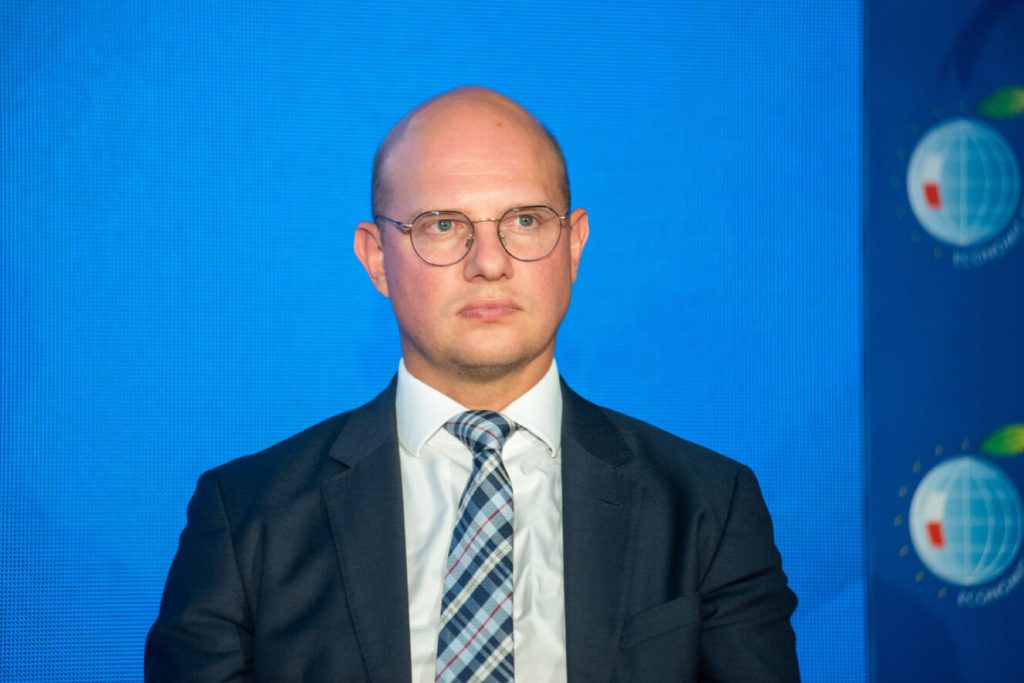
Ignas Degutis CFO of Rail Baltica: “2024 will be a huge investment year for the Rail Baltic Project.”
The completion of Rail Baltica is expected to bring several economic and social benefits. Improved transportation links will facilitate the movement of goods, leading to increased trade with Finland and Baltic states with the rest of EU via Poland. It will also attract more foreign investment due to enhanced accessibility and connectivity. The construction and operation of the rail network will create a considerable number of jobs, both during the building phase and afterward, in sectors such as transportation, logistics, tourism, and related services. The rail project can spur development in regions along the route, as improved connectivity can attract businesses, tourism, and infrastructure investments. By shifting some of the transportation from roads and air to rail, Rail Baltica can contribute to reducing greenhouse gas emissions, promoting sustainability, and helping the participating countries achieve their environmental targets. The project can also foster cultural exchange and strengthen social ties among the Baltic States and neighboring countries, promoting mutual understanding and cooperation. Rail Baltica project teams are evaluating other opportunities related to 5G and digital infrastructure as with a project of this scale, there are obvious synergies. Fiber ducts, masts, and locations for other equipment necessary for 5G infrastructure are already being incorporated in the designs.
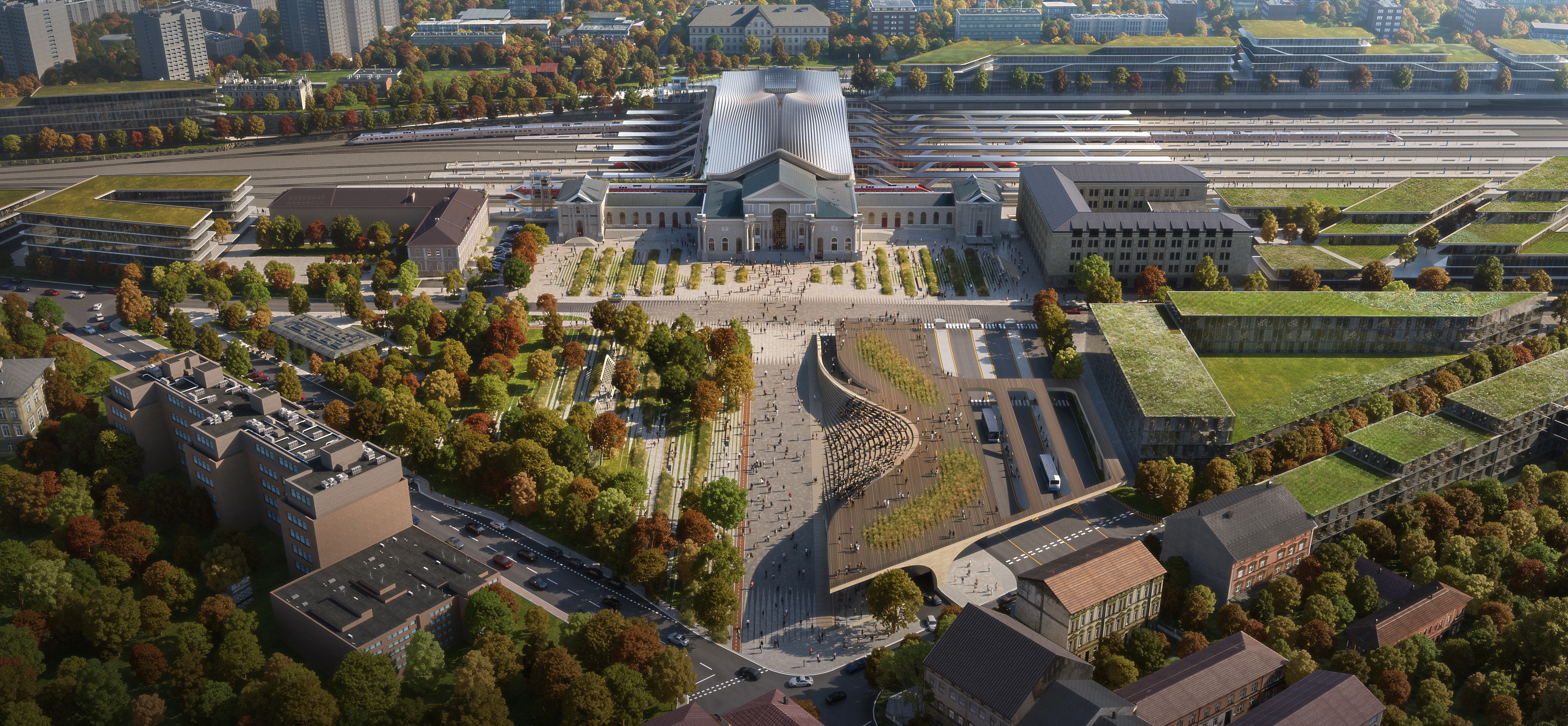
Vilnius Station
Once Rail Baltica is completed and operational, travel times between major cities along the line are expected to be more than double time reduction between main cities compared to current transportation options. The high-speed nature of the rail network should result in notable time savings.
Large-scale construction has commenced
The design works for the mainline are nearing completion, with progress made on over 640km of the project. It is, however, crucial to recognize that large-scale infrastructure projects of this magnitude may encounter complexities, including delays in some areas attributed to an increased scope of work during the design phases, the adverse effects of the Covid-19 pandemic on the implementation timeline, and various other factors. The adjusted Rail Baltica project implementation timeline anticipates full interoperability and the completion of the broader North Sea – Baltic transport corridor by 2030, with efforts to initiate operations on some priority sections by 2028.
Large-scale construction has also commenced in all countries. In Estonia, four road viaducts – Saustinõmme, Assaku, Künka, and Tagadi – have been completed and opened to traffic. A building permit has been received for the construction of the Parnu International Passenger Terminal. Construction procurements for 12 road overpasses and ecoducts are in progress, while 11 overpasses are already under construction. The aim for next year is to begin construction on approximately 40 km of the mainline.
Mainline procurement in Latvia (approximately 200 km) has been completed, and preparations for contract signing are underway. Construction will begin with the establishment of a construction base, bridges, and overpasses, covering a distance of 13 km. Furthermore, construction is actively ongoing in Latvia in the Rail Baltica Riga Central Station section and the International Airport ‘Riga’ section.
The new double-track railway embankment and engineering structures on the Rail Baltica section between Kaunas and the Lithuanian-Latvian border are being built by the joint venture partners Fegda and Tilsta. Rizzani de Eccher, an Italian engineering, infrastructure, and building construction company, is constructing the longest bridge in the Baltics, measuring 1.5 km in length, over the Neris River.
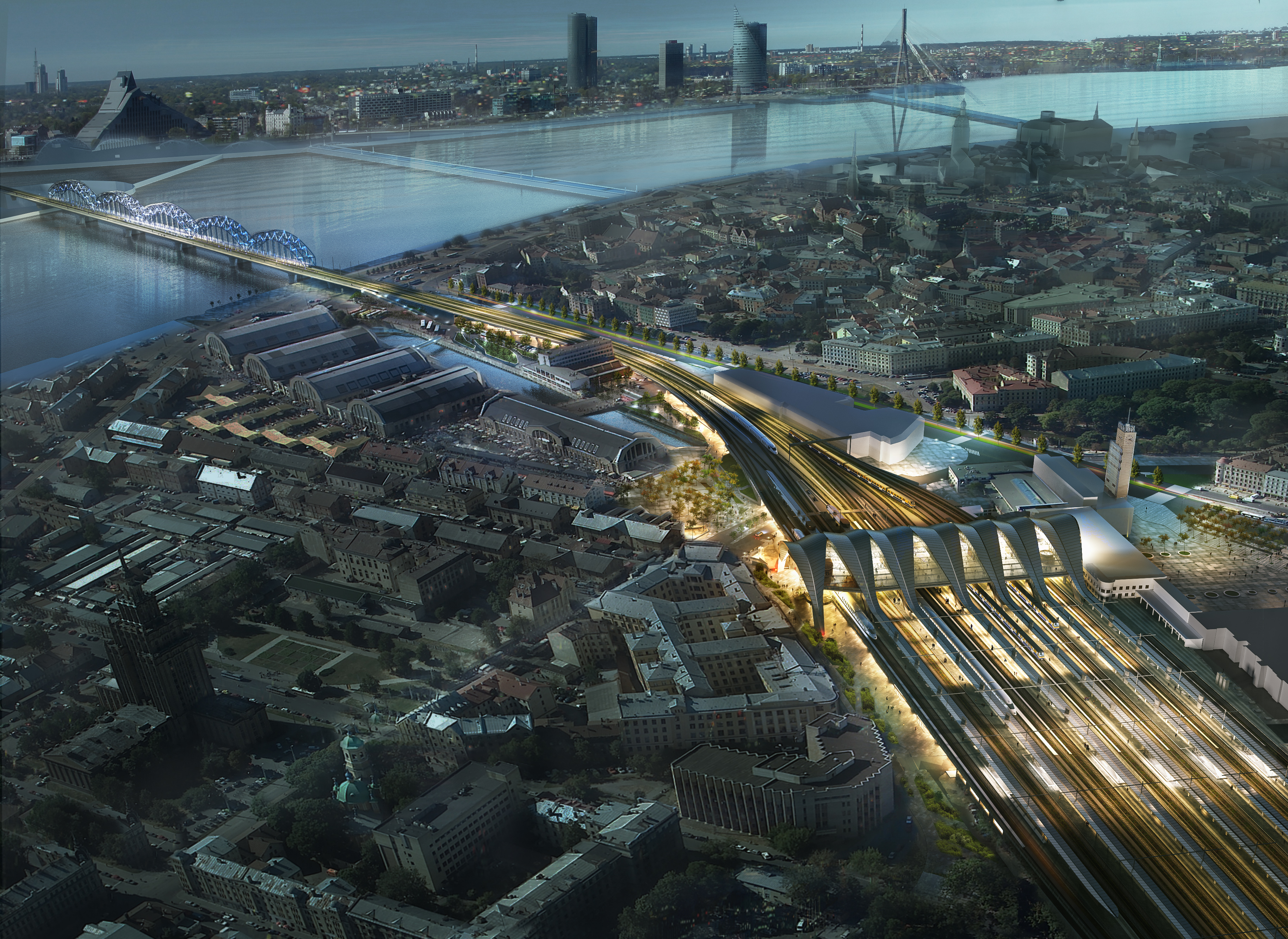
Riga Station
The Rail Baltica project is also implementing historical procurements. For example, a full scope of the Control-Command and Signalling subsystem (CCS) implementation for the whole Rail Baltica mainline. The public procurement procedure is already reached the second stage, and the contract is expected to be signed in mid-2024. Another example – the largest railway cross-border electrification project in Europe implemented as a single project. It will allow full compliance with safety and interoperability requirements, benefit from economies of scale, as well as maximise the benefits for the environment. The project’s scope is impressive, with an overall length of 909 km for the double-track, requiring over 2,400 km of catenary systems, approximately 4,350 tonnes of copper materials, 50,000 masts, and the installation of 10 traction substations.
At present, Rail Baltica project delivery organizations and core teams are actively aligning with the global project delivery program to monitor progress and facilitate timely decision-making. Due to the geopolitical situation and adjustments made to the project scope over the years, the costs of building Rail Baltica will inevitably increase (in the last Cost-Benefit analysis in 2017, it was estimated to cost 5.8 billion euros). However, precise information will be known and confirmed after the completion of the design phase and the new Cost-Benefit Analysis, planned by the end of 2024 to reassess the project’s socio-economic benefits as well, secure funding, and optimize project delivery. The Rail Baltica project has already attracted 2.7 billion Euros in funding. Furthermore, Rail Baltica currently holds contracts with a total value exceeding 1 billion euros.
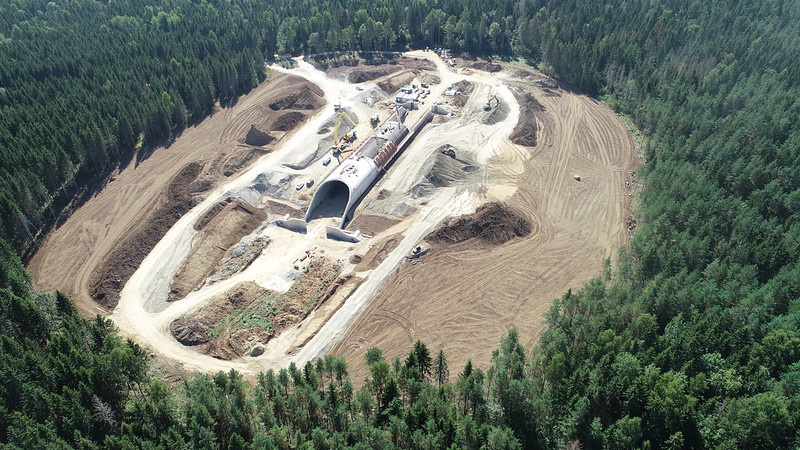
Looking forward to an efficient transport system in the region
In today’s changing European landscape, Rail Baltica has become an increasingly important project, especially after February 24th,2022. The European Union has consistently supported it as a big cross-border project that fills a crucial gap in the North Sea – Baltic transportation network and even more importantly – recent EU agreements show that in the future, this transportation corridor will connect to places like Kyiv and Mariupol in Ukraine. The inclusion of Ukraine opens a huge market for European countries. One example is the export of grains. Or, vice versa, fuel products export from Baltics to Ukraine. The construction of Rail Baltica and the connection of Ukraine to the European railway would ensure uninterrupted freight traffic. This would also benefit to the Baltics, which is our only way of development. Thus, an economic corridor is being created linking the north of Europe with the southern part of the continent, connecting Finland, Baltics with Ukraine and the Balkans in the future. An efficient transport system contributes to the proper functioning of the single internal market and boosts the economic growth of Member States.
Rail Baltica will make the Baltic countries an integral part of Western Europe and ensure their independence from the East. A modern high-speed rail link is particularly important in the current geopolitical environment – our transport network needs to be resilient – it needs to be operational, reliable, security-enhancing and protected from unwanted external intervention.

